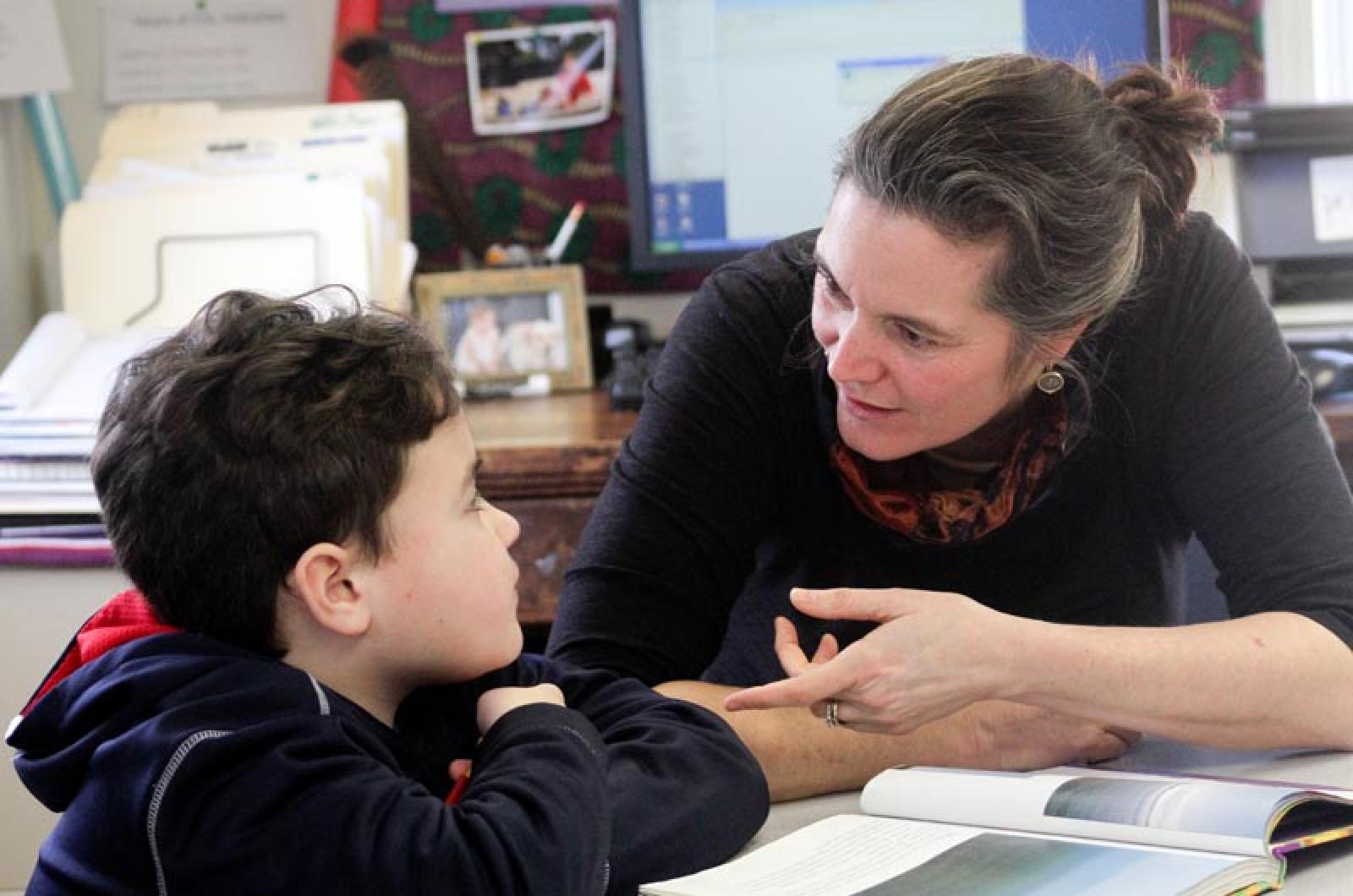Graduating seniors at the Martha’s Vineyard Regional High School who are bilingual soon will have an opportunity to become certified as interpreters through a course that begins next month.
Leah Palmer, director of the English language learner program for Island schools, told the regional district high school committee Monday night that the school system and community as a whole suffer from a lack of interpreters.
“The need we have within the community is a huge need for interpreters, and within our schools we mirror that,” she said. “Right now I only have six interpreters on our interpreting list, and all have full-time jobs. So that means when we have parent teacher conferences, IEP [individual education plan] meetings, child study team meetings — we have to call somebody to be part of that to be able to support families understanding what’s going on with their child in the educational realm.”
According to the most recent count, there are 222 students in Island schools for whom English is not their first language. The vast majority of them — a total of 210 — are Portuguese speaking.
“All of our schools have gone through huge growths in our ELL population,” Ms. Palmer told the high school committee. “Since I’ve started [in 2012] we’ve gone through a 300 per cent increase — with this really comes the need to be able to communicate effectively to our families, our Brazilian community.”
She said the planned certification program aims to help on two fronts: by adding to the pool of interpreters on the Island, and by creating a career path for some bilingual students.
The 60-hour course, Art of Medical Interpretation by Cross Cultural Communication Systems, has been used in Brookline, Brockton and Cambridge schools. It will run from March 12 to June 18 and can accommodate 20 students. Ms. Palmer estimated half the spots could be filled by graduating seniors, while the other half could be open to community members. Students can take the course for free, while others would have to pay.
To register for the course, interested participants must pass a language screening on March 8 or 9.
“This is a very intensive course; they go through many different aspects of interpreting,” Ms. Palmer said. “It’s not just hearing someone say something and saying that same thing, there’s so many different components to it, the cultural component along with linguistic component is really huge.”
She said 20 additional certified interpreters on Island would be invaluable.
“We’d be calling them probably the next day,” she said.
Guidance director Mike McCarthy agreed and said the program could be a boon to the high school as well.
“I think some of the kids will be back on the Island and we’ll be able to utilize them,” he said. “And having a background with the high school, when we’re asking them to translate stuff, they actually understand what we’re talking about because they’ve experienced a lot of the stuff themselves.”
The committee voted to transfer $10,000 to the ELL program to support the certificate course.
In other business, committee member Jeffrey (Skipper) Manter 3rd proposed using high school excess and deficiency funds to pay into Other Post Employment Benefits (OPEB), which includes health insurance for retired employees, and a stabilization fund for building maintenance. Under state statute, the school is allowed to keep five per cent of excess funds from the budget each year. Last year the school had $877,000 in its excess and deficiency fund. Though this year’s numbers have yet to be certified by the state, the school expects approximately $900,000 in excess and deficiency funds, school business administrator Amy Tierney said. Typically, the school uses the extra funds for unbudgeted expenses that come up in the school year. Two years ago the fund was used to help ease the blow from a spike in town assessments.
Mr. Manter said they should structure the use of the so-called E and D funds to hedge against future liabilities, including OPED.
“I think it would be wise to take 50 per cent of the E and D every year and put it in [an OPED fund],” he said. “It seems like a lot of money but this debt is out there, it’s real I think we need to start showing some real work at it,” he said.
Currently the school has $150,000 budgeted for OPEB this year and $200,000 for next year. The school has an anticipated $29.2 million unfunded accrued liability that they plan to pay off in 30 years.
Vineyard schools superintendent Dr. Matthew D’Andrea said he would not be comfortable putting half the excess funds into OPEB, but he thought a lower percentage may work. He also said in the future he plans to build maintenance funding into the budget.
“We are in a situation now where with the needs of the building that we do have to dip into E and D, but going forward that is my goal — to have it budgeted for, to have a maintenance plan in fall of every year and that money is there,” Mr. D’Andrea said. “I think using a percentage of E and D for OPEB is good idea, I think 50 percent is probably higher than I want to use.”
The committee agreed to revisit the topic at its next meeting on March 7.







Comments (4)
Comments
Comment policy »